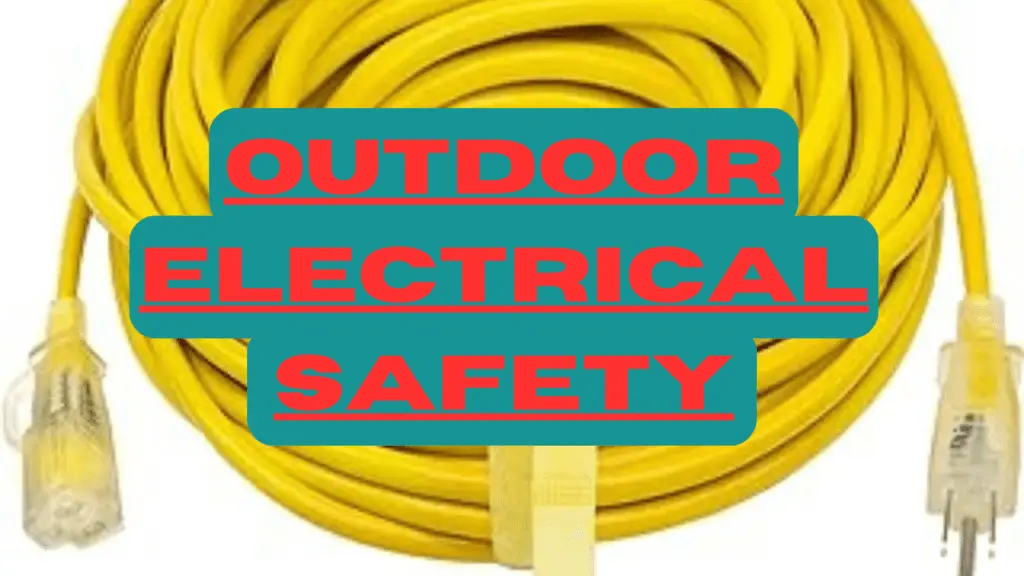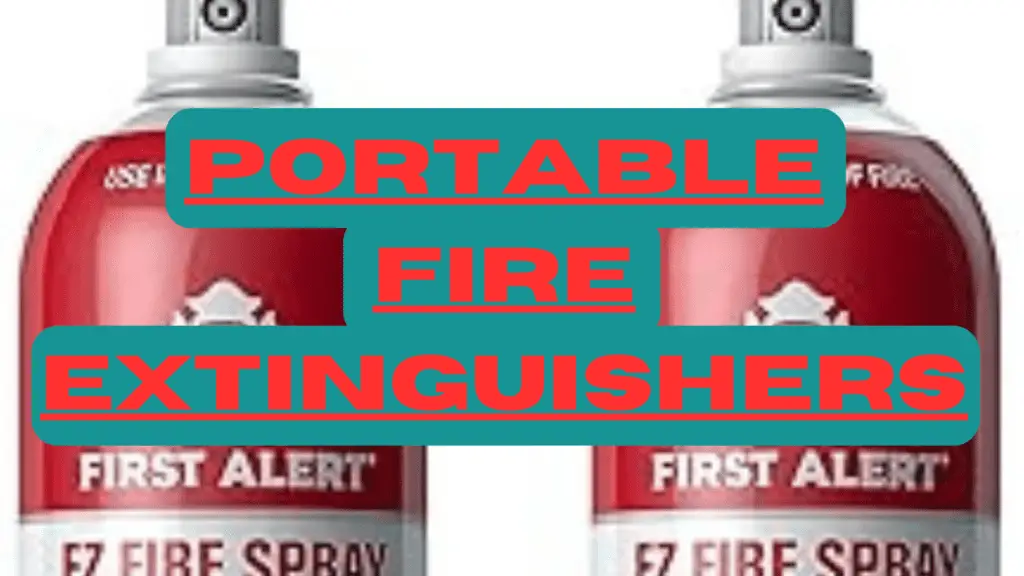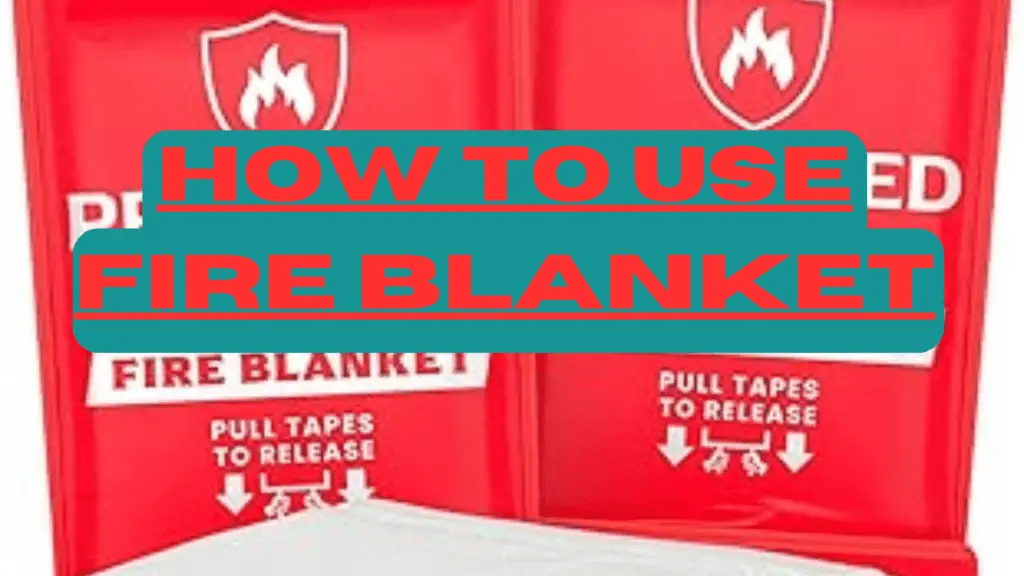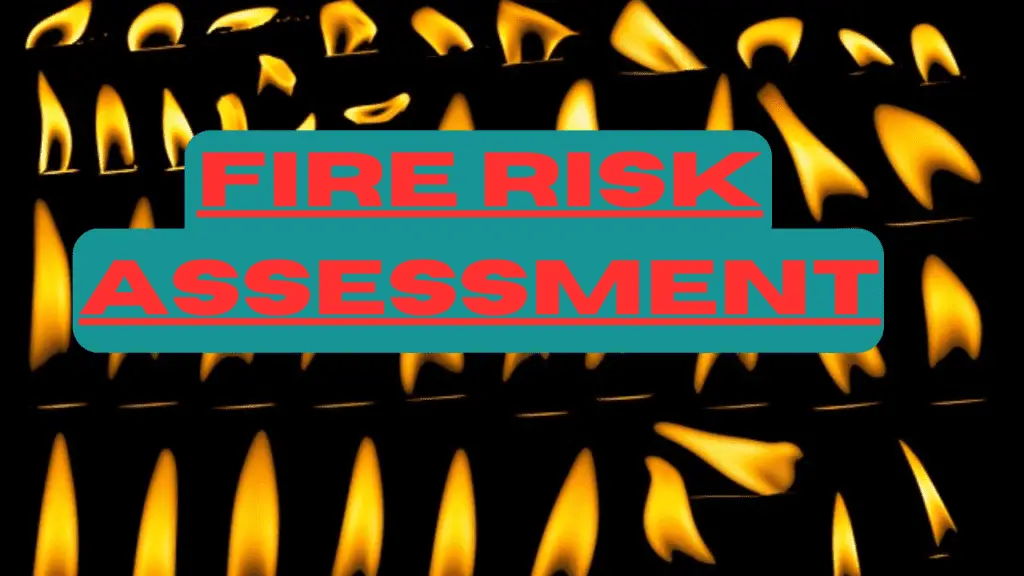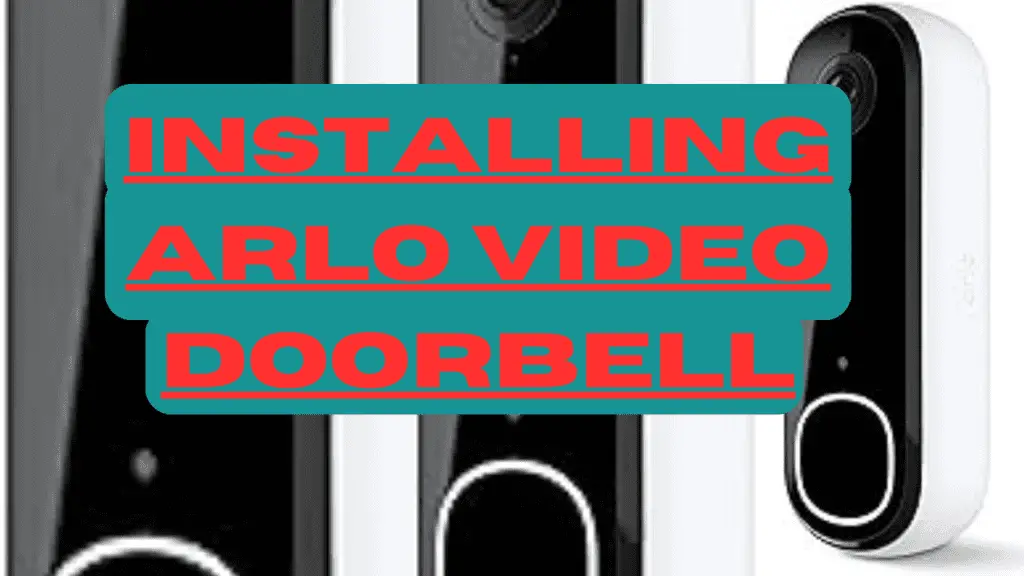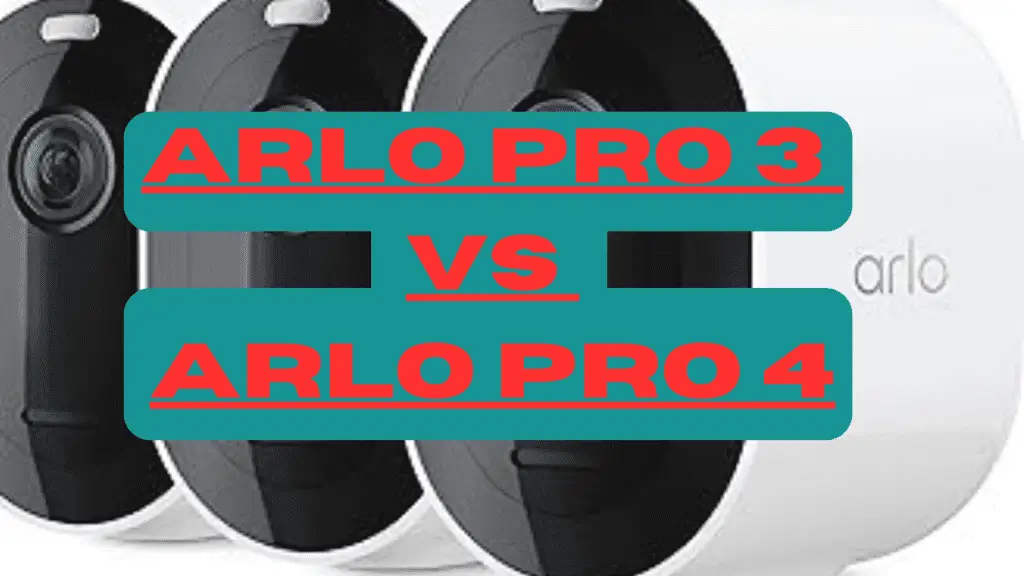Outdoor Electrical Safety: 6 Crucial Tips for a Shock-Free Environment
Electricity is a powerful and valuable resource but can also be deadly if not handled carefully. Outdoor electrical safety is essential, as outdoor conditions can pose additional risks for electric shocks and fires. The moisture, dirt, debris, animals, and vegetation can all damage or interfere with electrical equipment and wiring, creating hazards for anyone nearby.
Outdoor activities such as gardening, landscaping, swimming, and power tools can connect with electrical sources that may not be properly insulated.
Follow some basic safety rules and precautions to prevent outdoor electrical accidents. By following these rules, you can enjoy the benefits of electricity outdoors without putting yourself or others in danger.
6 Crucial Tips For Ensuring Outdoor Electrical Safety
TIP 1. Weatherproofing Your Outdoor Outlets
Outdoor outlets are exposed to rain, snow, ice, wind, dust, and insects, which can damage them and cause short circuits, sparks, or shocks.
To protect your outdoor outlets from the elements,
- Use outdoor-rated outlets designed to withstand harsh weather conditions. These outlets have special covers that seal them when not in use and prevent water and debris. You can also use weather-resistant receptacles with a self-closing lid that shuts when the plug is removed.
- Install outdoor outlets in locations sheltered from direct sunlight, rain, and snow. Avoid placing them near sprinklers, pools, or ponds, and mount them at least one foot above the ground to prevent flooding and animal damage.
- Replace any damaged outlets, as they pose a severe fire and shock hazard. If you notice any signs of corrosion, discoloration, or burning on your outlets, call a licensed electrician to inspect and repair them.
TIP 2. Proper Use of Outdoor Extension Cords
Extension cords help power outdoor appliances and tools but can be dangerous if used incorrectly. Improper use of extension cords can cause overheating, fire, shock, or electrocution.
For safe use of outdoor extension cords;
- Use extension cords designed for outdoor use.
Use extension cords rated for outdoor use as heavy-duty materials resist moisture, temperature changes, and abrasion. Indoor extension cords are unsuitable for outdoor use and can easily get damaged or cause shocks.
- Use extension cords with great power capacity.
Outdoor extension cords must have the same or greater power capacity as the devices you plug in. Check the wattage of your appliances and tools and compare it with the rating of your extension cord. Do not overload your extension cord or use multiple cords together, as this can reduce their power capacity and cause overheating or fire.
- Use grounded (three-pronged) extension cords.
Only use grounded extension cords and plug them into grounded outlets for outdoor purposes. These cords have a third prong that connects to the ground wire in your electrical system and provides an extra layer of protection against shocks.
- Regular inspection.
Inspect your extension cords before using them and ensure they are in good condition. Look for cracks or exposed wires that could cause shock and replace them. Do not attempt to repair a damaged cord with tape, as this is unsafe.
- Keep the extension cord safe.
Do not run your extension cords through water, snow, or wet grass, as this can cause a shock or a fire. Do not staple, nail, or hang your extension cords on walls, fences, or trees, as this can damage or puncture the cord.
TIP 3. Ground Fault Circuit Interrupter (GFCI) Outlets
The ground fault circuit interrupter (GFCI) outlet is one of the most essential outdoor electrical safety devices. A GFCI outlet is a particular type that monitors the flow of electricity and shuts off the power if it detects a ground fault.
A ground fault occurs when electricity leaks from a faulty appliance and travels through an unintended path. It can cause a severe or fatal electric shock in wet conditions. A GFCI outlet prevents this by cutting off the power in a fraction of a second, before a shock can occur.
How to Install GFCI Outlets in Outdoor Spaces
Step 1. Hire a licensed electrician to do the job.
- Installing or replacing outlets is not a DIY project and requires professional skills and knowledge.
- A licensed electrician will ensure that the GFCI outlets are installed correctly and comply with the code and safety standards.
Step 2. Choose the correct type of GFCI device for your needs.
Three primary GFCI devices are GFCI receptacles, GFCI circuit breakers, and GFCI portable cords.
- GFCI receptacles have a GFCI sensor and switch built into them. They are easy to install and protect one or more outlets on the same circuit.
- GFCI circuit breakers have a built-in GFCI sensor and switch. They are installed at the breaker panel and can protect the entire circuit.
- GFCI portable cords have extension cords with a GFCI sensor and switch built into them. They are helpful for temporary or mobile power sources and protect any device.
Step 3. Test your GFCI outlets regularly
- GFCI outlets have a test button and a reset button on their face. To test a GFCI outlet, plug in a device (such as a lamp or a radio) and turn it on.
- Press the test button on the outlet. The device should turn off, and the reset button should pop out. This means the GFCI outlet detected a simulated ground fault and tripped.
- To restore the power, press the reset button on the outlet. The device should turn on again. If the device does not turn off or on or the buttons do not work, the GFCI outlet is faulty and needs to be replaced.
TIP 4. Pool and Water Feature Safety
Pool and water feature safety is another vital aspect of outdoor electrical safety, as water and electricity are deadly. Pools, fountains, and ponds can all pose a risk of electric shock if not correctly installed.
Prevention measures for pool and water feature accidents
- Hire a licensed electrician.
Hire a professional to install and inspect your pool and water feature wiring and equipment. Your pool and water feature wiring and equipment must comply with the Ontario Electrical Safety Code and the Canadian Electrical Code, which have specific rules and requirements for pools and water features. A licensed electrician will ensure that your pool and water feature wiring and equipment are safe, grounded, and protected by GFCI devices.
- Keep electrical devices and cords away from water sources
Do not use or plug in electrical devices near your pool or water feature, as they can fall into the water and cause a shock. If you need an electrical device near your pool or water feature, use a battery-operated or cordless one or a GFCI portable cord and keep it as far away from the water as possible.
- Avoid using your pool during a thunderstorm.
Lightning can strike your pool and electrify the water, causing a shock or an electrocution. If you hear thunder or see lightning, get out of the water immediately and seek shelter indoors. Do not touch any metal objects near your pool or water feature, as they can conduct electricity and shock you. Wait 30 minutes after the last thunder or lightning before resuming your activities.
TIP 5. Outdoor Power Tools and Equipment
Outdoor power tools can also be hazardous if not used properly. They can cause injuries, such as cuts, burns, or shocks.
How to use outdoor power tools and equipment safely:
- Use power tools and equipment rated for outdoor use as they have double insulation, grounding, or GFCI protection features.
- Read and follow the manufacturer’s safety warnings for your power tools and equipment.
- Wear appropriate protective gear, such as gloves, goggles, ear plugs, and boots, to prevent injuries.
- Do not use it when you are tired, distracted, or under the influence of alcohol or drugs.
- Do not leave power tools and equipment plugged in or turned on when not in use.
- Store and maintain your power tools and equipment properly. After using, clean them, inspect them for any damage or wear, and repair any faulty parts.
TIP 6. Emergency Procedures for Outdoor Electrical Incidents
Accidents can still happen despite your best efforts to prevent them. Therefore, you must be prepared and know what to do in an emergency.
Here are some general guidelines for emergency procedures for outdoor electrical incidents:
1. If someone is shocked
- Do not touch the source of electrocution, but instead, call 9-1-1 and turn off the power at the main switch
- Check the person’s breathing and pulse, and perform CPR.
2. If a power line falls on your car
- Stay inside, and do not touch any metal parts.
- Call 9-1-1 and disconnect the power. If you have to get out of the car because of fire or other danger
- Jump out of the vehicle with both feet together and land on the ground.
- Do not touch the car and the ground simultaneously, as this could create a path for electricity to flow through you.
- Shuffle away from the car, keeping your feet close together until you are at least 10 meters (33 feet) away from the car and the power line.
3. If an electrical fire breaks out
- Do not use water to extinguish it.
- Use a fire extinguisher rated for electrical fires, such as a Class C or ABC extinguisher.
- If you do not have a fire extinguisher, smother the fire with baking soda, sand, or dirt.
- If the fire is too large or out of control, evacuate the area and call 9-1-1.
Conclusion
Outdoor electrical safety is a serious matter that requires your attention and action. By following the tips and precautions we have shared in this article, you can reduce the risk of outdoor electrical accidents and enjoy the benefits of electricity outdoors without compromising your safety.
Remember to weatherproof your outdoor outlets, use outdoor extension cords correctly, install and test GFCI outlets, be careful around power lines and buried cables, and know what to do in an emergency. Doing so can create a shock-free environment for yourself and your loved ones.
